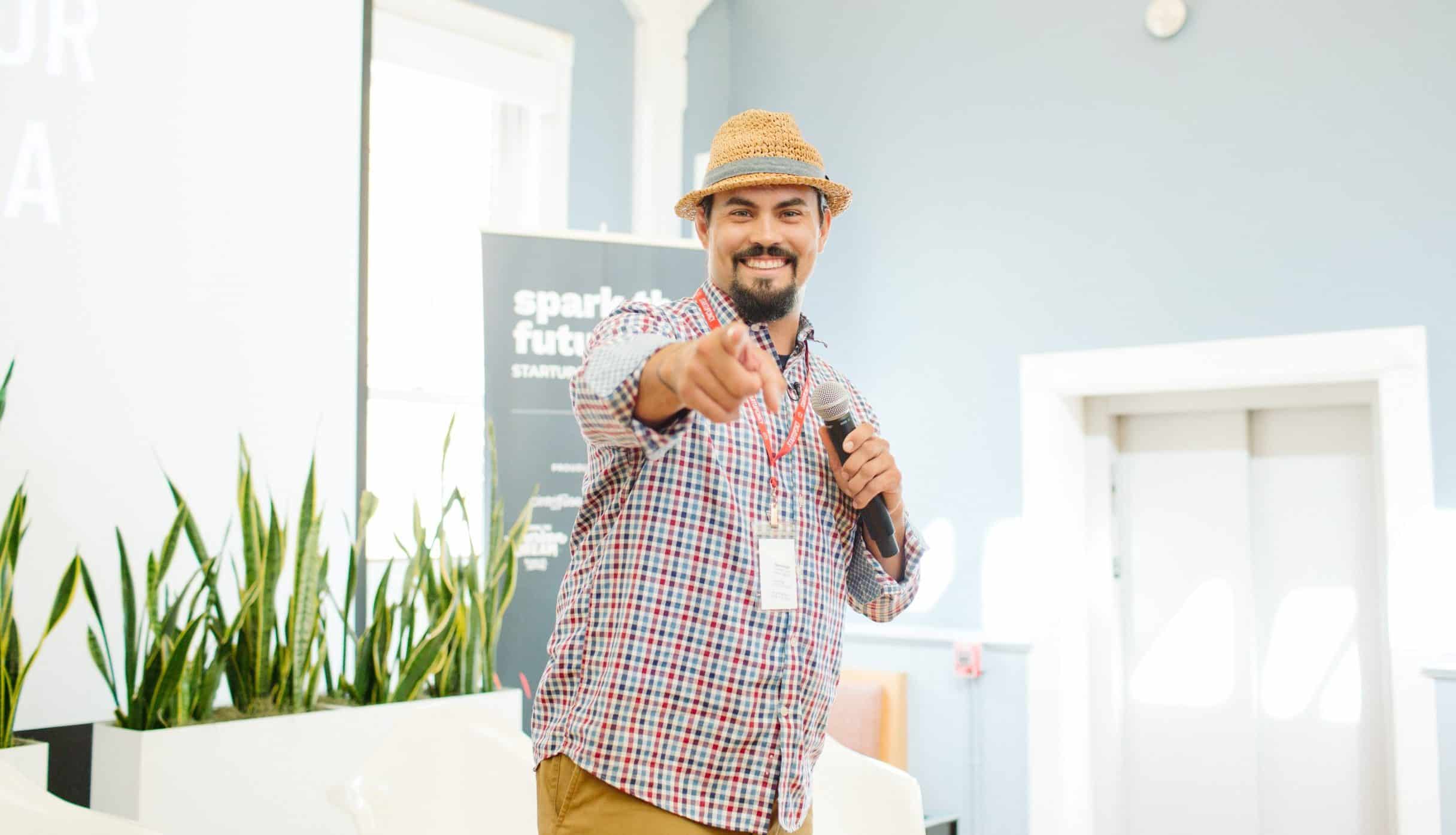Ideas are a dime a dozen and when you are working to turn a dozen products into dollars it’s important to make sure you’re focusing on the right things for the right people. Bringing an idea to life requires understanding how your idea can help make your customers’ lives better.
Products must tackle a specific consumer pain point and solve a problem for your customers. Products that require a new consumer behavior or create problems of their own will struggle to find large-scale adoption. Without early large-scale adoption, the overhead heavy business of launching a product will not result in profitability.
For a product-based startup to find success, it’s crucial that they invest their resources into understanding their target customer and through the development process anticipate the demands of customer use. To launch a successful product-based business, ensuring that your product’s intended use is easy to use and integrates seamlessly into their everyday lives is critical to building a successful product enterprise.
Successful Refined Products
Successful products come in all shapes and sizes. Whether a product is completely novel and allows users to experience something entirely new, or a product is a modern take on a standard practice in daily routines, the opportunities to innovate are endless.

Grypmat, a tool tray for mechanics, took a classic use case and refined it to make their flexible and easy to clean tool mat. Having identified that standard tool trays and surfaces were flat and had little traction to keep tools from sliding off, Grypmat was developed as a flexible rubberized tool tray that could be placed on the curved surfaces of aircraft or vehicles without having to worry about tools, or the tray itself, from sliding off.
The brilliance of Grymat is in its ability to take something that already works and expand the same devices’ ability to exist in a larger array of environments without compromising the efficiency of the conventional industry standard. By taking something and adding features, making it more accessible, and providing their target audience more security in their given work environment, Grypmat comfortably secured its place in the market by landing a deal on ABC’s hit show SharkTank.
Successful Novel Products
Updating an existing product to modernize or resolve issues with its use is a safe way to approach the product market. For the dreamers and inventors out there, we know that your next big idea is something the world hasn’t seen and with the proper support, it could change the way we all live our lives.
Novelty and originality has to account for function as well as integration into a consumer’s lifestyle. If your product solves one problem, but creates a new one or is difficult to use, then you can’t expect to quickly grow a large consumer base.

Take the case of the now infamous Kong Beer Bong. A simple idea that took what it meant to party to a completely different level. The founders set out to create a tool that kept their beer cold and allow for quick consumption with a single device.
As opposed to looking at an existing item and upgrading its use for a modern consumer, they looked at the holistic environment of what revelers were doing to celebrate and designed a tool that optimized the experience for each individual, which collectively would lead to a better experience at parties. Kong took the demands of their intended market and provided a complete consumer solution that would allow anyone at any time to have a field kit to get the most out of their celebrations.
Adaptability + Development
You may indeed have the next big thing sketched out in a buried notebook, or simply tucked into the recesses of your mind. To bring it to life, you will have to come to terms with the understanding that your idea will require iteration after iteration to build a successful product-based business. Even after the 1.0 version of your product hits the market, the consumer feedback provided will lead you to understand what the 2.0 will look like, and the cycle repeats until the technology or funds no longer allow for continued development.
In truth, while there is a basic series of steps you can take to design and refine your product idea, each individual step is an iterative cycle that repeats until the product works, is easy to use, and is appealing to your target market. Therefore, when thinking of refining your product it’s imperative that you fully understand how to bridge the gap between what you want to design for the world, and what the world demands. If by the end of your investigation you have a clear understanding of what the product is, how it will be used, and how it will be received by your awaiting audience, then you will establish a strong foundation for your product-based business.
Product Foundation Cycle:
- Investigate the user experience in its current form
- Identify user experience successes
- Identify user experience failures
- Identify user desire
- Investigate non-standard user conventions
- Identify what users are doing to solve their own problems with a given convention
- Identify whether or not a pattern exists across users to solve the problem
- Investigate user concessions
- Identify what users are accustomed to conceding when using a product
- Function – Are they more willing to give up a feature if it means that the product looks better or costs less?
- Form – Will they sacrifice aesthetic for a higher functionality, ease of use, or price?
- Cost – Are customers looking to invest more in a product that performs and looks great if the problem it solves equates to the invested value?
- Identify what users are accustomed to conceding when using a product
What's next?
At the end of the day, bringing a product to market is a large undertaking with high overhead and the liability of having to sell your inventory to make your money back and ideally profit. The inherent risk of a product-based business is why some of the greatest ideas never even make it to the drawing board.
If you have the opportunity to truly understand your customer base before you spend time and resources bringing your product to market, start there! By doing so you can adapt your original idea to meet the demands of your future customers, and iterate and test your product before launching. You will find success and create a business that will grow and prosper with a community of customers eagerly awaiting your next idea.
Get in touch
Are you looking to get started bringing your product to market? Reach out to our team at Product Refinery to schedule a free 30 minute product evaluation consultation to find out how to make your product the next big thing.

